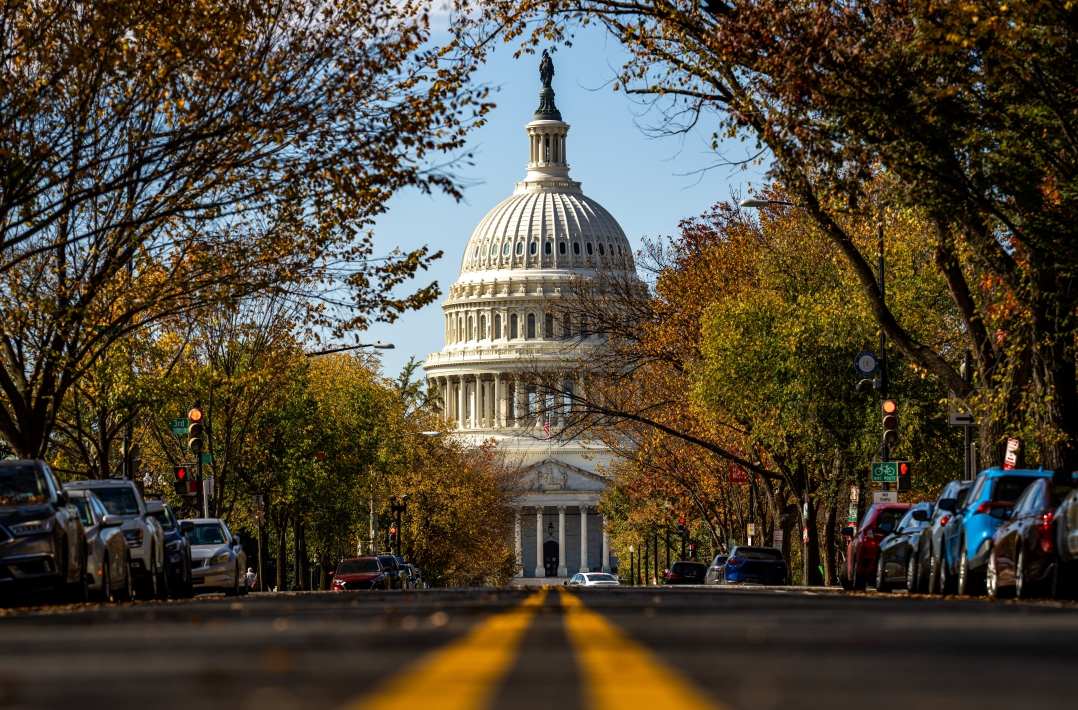Senate Tax Bill’s Problem: Tax Cuts for the Wealthy, Income Losses for the Poor
TradingKey - Despite widespread public opposition — with 50% of voters against the bill according to Morning Consult — the U.S. Senate narrowly passed Trump’s massive tax cut and spending bill on Tuesday, July 1, by a margin of just one vote.
The legislation has been widely criticized as a form of “robbing from the poor to give to the rich”, especially after analysts pointed out that the benefits of the tax cuts are highly skewed toward high-income households, while low-income families may actually face higher effective tax burdens.
The Economic Rationale Behind the Bill
President Trump and most Republican lawmakers argue that extending the 2017 tax cuts will unlock greater economic growth potential — and that prosperity will offset short-term fiscal costs or social trade-offs.
However, critics warn that the benefits for low-income groups are minimal, while the top earners receive substantial gains.
According to a report released Monday by the Urban-Brookings Tax Policy Center, under the Senate version of the bill (before final passage):
- Households earning $217,000 or more annually would receive an average tax cut of $12,500
- Those earning less than $35,000 would benefit by only about $150 per year
A separate analysis by Yale University’s Budget Lab estimated that over the next decade, the bottom fifth of U.S. income earners would see their after-tax incomes fall by 2.3% annually, while the top 1% of earners would gain 2.3% in after-tax income.
By 2034, the average American with little or no income could lose $560 per year, while those earning over $3 million annually stand to gain an additional $118,000.
Funding the Rich with Welfare Cuts
Analysts argue that the Republican Party is effectively funding its tax cuts for the wealthy by cutting welfare programs targeting low-income Americans.
While federal job cuts have saved some budgetary costs, these savings account for only a small portion of the overall expense.
The Congressional Budget Office (CBO) previously estimated that the Senate-passed tax plan could result in over 12 million Americans losing health insurance coverage by 2034.
Growing GOP Divisions Within the Party
As representatives from lower-income districts grow in influence within the House of Representatives, the bill now faces further challenges before it can become law.
According to U.S. Census data, Republican representation in the 100 poorest congressional districts increased from 26 seats in 2009 to 56 seats in 2023.
The Wall Street Journal noted that Americans once referred to Republicans as "country club Republicans" and Democrats as "lunchpail Democrats" — but now they're witnessing a new working-class-oriented Republican Party emerging.
This shift in economic demographics has fueled growing divisions within the GOP over Trump’s tax bill.
Studies show that among the 18 Republican-held House districts most reliant on Medicaid, five are particularly vulnerable. Cutting Medicaid benefits could significantly impact voter sentiment — potentially costing the party key seats in the 2026 midterm elections.
Some Republican lawmakers warned that slashing medicaid funding may provoke strong backlash from voters, putting the party's House majority at risk.
交易商排行
更多- 监管中EXNESS10-15年 | 英国监管 | 塞浦路斯监管 | 南非监管92.42
- 监管中FXTM 富拓10-15年 |塞浦路斯监管 | 英国监管 | 毛里求斯监管88.26
- 监管中axi15-20年 | 澳大利亚监管 | 英国监管 | 新西兰监管81.40
- 监管中GoldenGroup高地集团澳大利亚| 5-10年85.87
- 监管中Moneta Markets亿汇澳大利亚| 2-5年| 零售外汇牌照79.67
- 监管中GTCFX10-15年 | 阿联酋监管 | 毛里求斯监管 | 瓦努阿图监管60.85
- 监管中VSTAR塞浦路斯监管| 直通牌照(STP)80.00
- 监管中IC Markets10-15年 | 澳大利亚监管 | 塞浦路斯监管91.81
- 监管中markets4you毛里求斯监管| 零售外汇牌照| 主标MT4| 全球展业|75.06
- 监管中CPT Markets Limited5-10年 | 英国监管 | 伯利兹监管92.51


